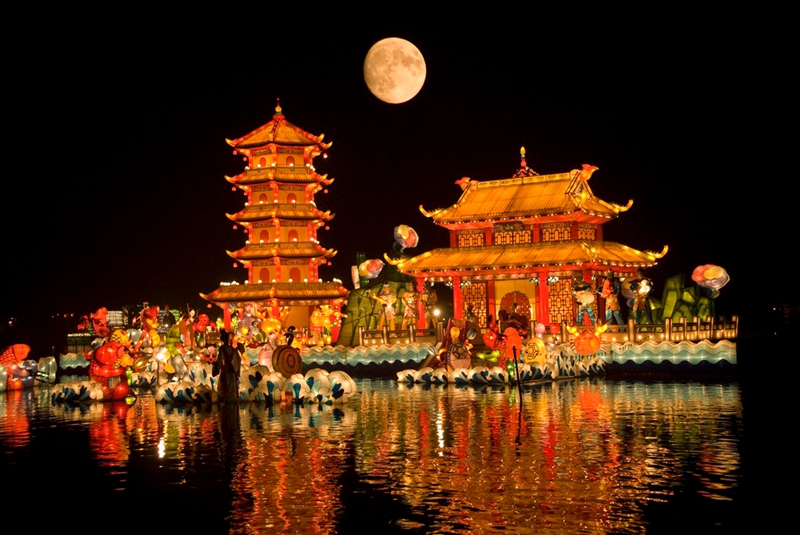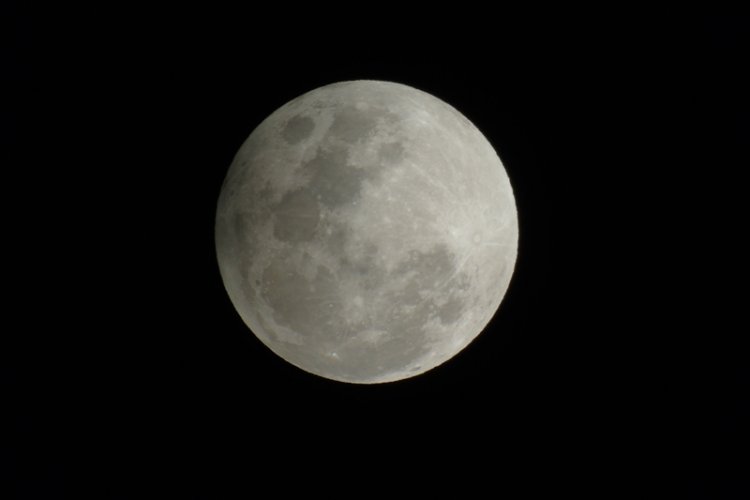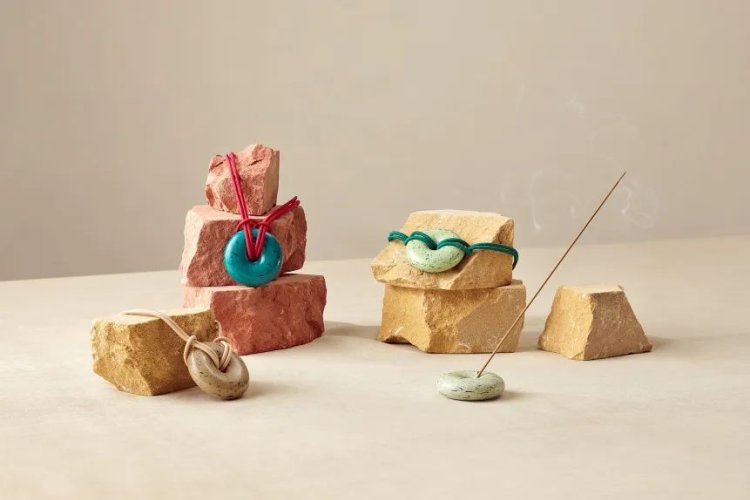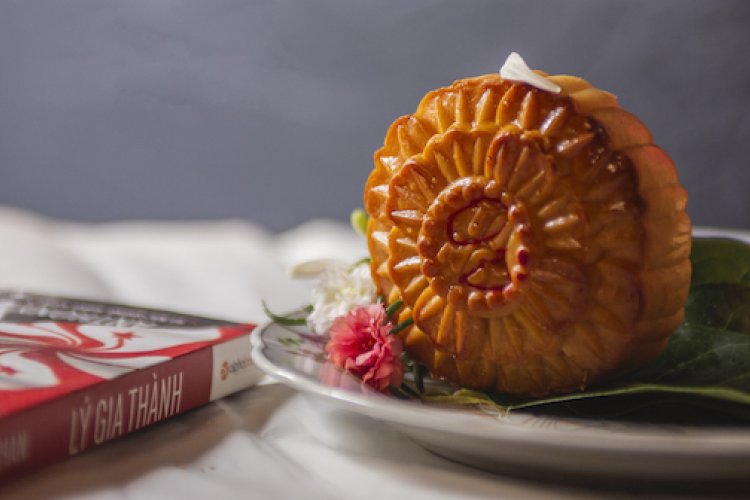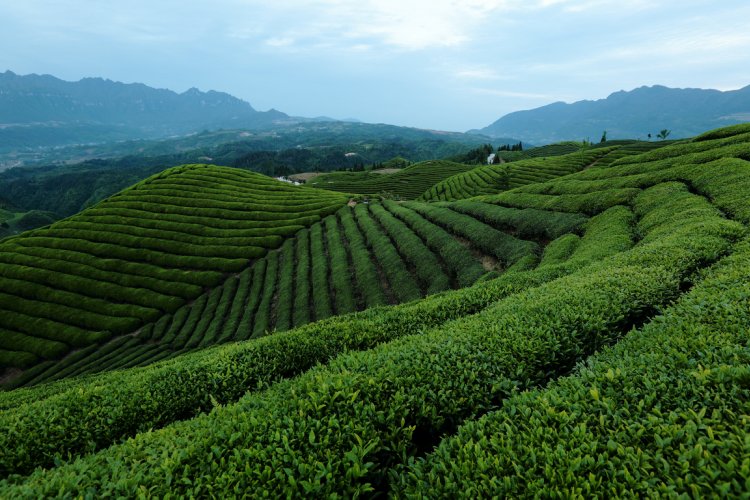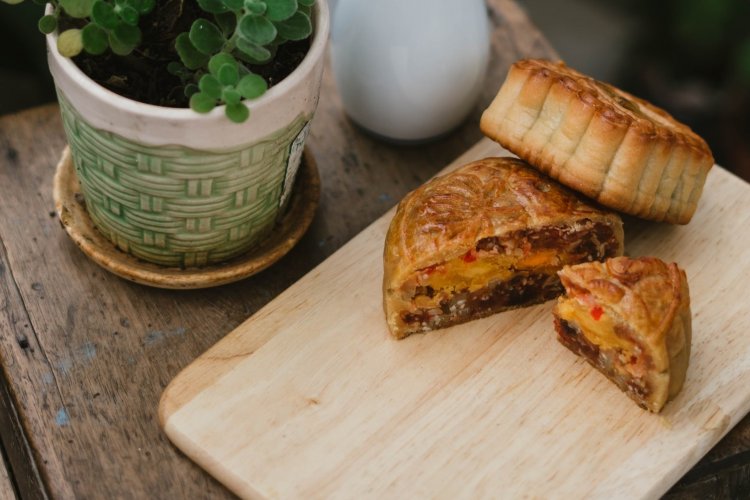Lunar Lessons: 10 Things You Didn’t Know About Mid-Autumn Festival
There’s more to the Mid-Autumn Festival (Zhongqiu Jie, 中秋节) than a nice, long weekend and random boxes of semi-edible mooncakes – here are 10 facts about the holiday you probably didn’t know:
The Legend of Tu'Er Ye
Beijing’s totem, Tu’Er Ye ("General Rabbit"), is closely related to the mythology surrounding the Mid-Autumn Festival. According to the legend the capital was once struck by a plague – nearly every household was affected and no medicine seemed to make a difference. Chang’e (the moon goddess), anguished to see the suffering and prayers of the people and told Jade Rabbit to go down among the mortals to cure them. He took the form of a young girl, went household to household to heal the plague-ridden, while refusing to accept any gifts/compensation except clothes. Then, every time he went to a new place, he would wear a new outfit/guise – sometimes as a man, sometimes as a woman – and he rode horses, deer, lions, and tigers around the city to reach as many of the afflicted as possible. Only after he finished healing everybody did he return to the Moon Palace and today Beijingers traditionally buy small statues of Tu’Er Ye around the Mid-Autumn Festival for good luck.
Vietnamese variations
China has several versions of the Moon Goddess myth involving jade rabbits and immortality pills, but the Vietnamese version is more visceral: legend has it that the Moon Goddess was the wife of a man named Cuoi and was banished to the moon for peeing on a sacred banyan tree. Well behaved women seldom make history, indeed.
Mooncakes aren't for everybody
Can’t stand mooncakes? You’re not alone – the Mongols of the Yuan Dynasty (1280-1376) were known to hate them so much an entire rebellion against them was planned by Han Chinese insurgents who placed secret messages inside mooncakes that were then transported by lantern-bearing messengers – thus giving a whole new context to the modern-day salted duck-egg yolk center. An alternate version attributes the tradition to Tang Dynasty Emperor Taizong, who was presented with small, round proto-mooncakes as a gift from an emissary from what is now Tibet.
Daoist beauty
If you’re looking for supercharged skin and more bang for your buck when it comes to buying expensive cosmetics, traditional Daoist holiday rituals also include the offerings of bath-salts, lotions, and beauty aids to Chang E for her blessing.
Before there was QiXi, there was...
Mid-Autumn Festival was also considered "Chinese Valentine’s Day" in ancient times, a tradition rooted in 月下老人 yuè xià lǎorén – literally "the Old Man in the Moon" – a sort of Chinese cupid, only in the form of a wizened old man.
Don't forget the rats
During the festival in ancient times, silk-makers used to cook a pot of zhou (rice porridge) as an offering to rats to avoid having them eat their precious silkworms.
Wear your rinds
Down south there is a tradition of wearing pomelo rinds on your head so Chang E can spot you and answer your prayers for a son as she gazes down from the heavens – the Chinese name for pomelo is yòuzi – 柚子 – which sounds a bit like "to have a son" – 有子 – yǒu zi.
Moonshine
Mid-Autumn Festival does not always occur during a full moon. According to Gochengdoo.com:
"Contrary to popular belief, the moon is not necessarily the most circular, the brightest, or the biggest during the Mid-Autumn festival. The Chinese calendar doesn’t coincide perfectly with the revolution of the moon, so the 15th is not guaranteed to be a full-moon night—but the full moon will occur within two days of the festival. And while moonlight is indeed more vivid in autumn’s clearer skies (you know, those ones not in Chengdu), the moon is actually brightest around the Winter Solstice."
Qiantang River
The weeks around Zhongqiu Jie usually bring a crowd of visitors to the banks of the Qiantang River (in Zhejiang Province’s Haining), known for its dramatic tidal surges – unfortunately, things turned catastrophic in 2016, when a massive 90-foot tidal surge crashed into crowds of spectators injuring at least 20 people.
Mooncake Tax?
Speaking of which, the humble mooncake has also become a source of controversy in the past, with 18 countries, including Germany, Spain, Indonesia, France, Brazil, Qatar, Hungary, Belgium, Russia, Congo, Saudi Arabia, Uruguay, Czech, Philippines, Estonia, Switzerland, Burma, and Mexico, having banned them previously, and a proposed mooncake tax had people up in arms over the country’s tax system.
READ: Mooncake Memories: Your Guide to the Colorful History of this Celestial Pastry
This article originally appeared on our sister site beijingkids.
Image: photobucket.com

